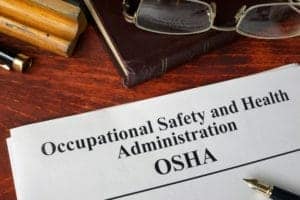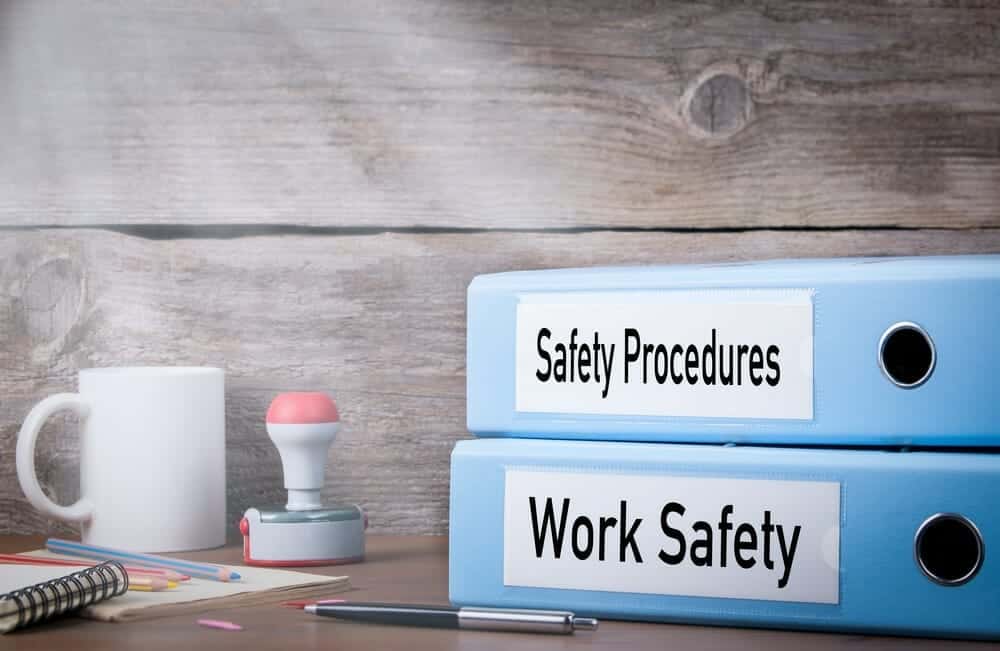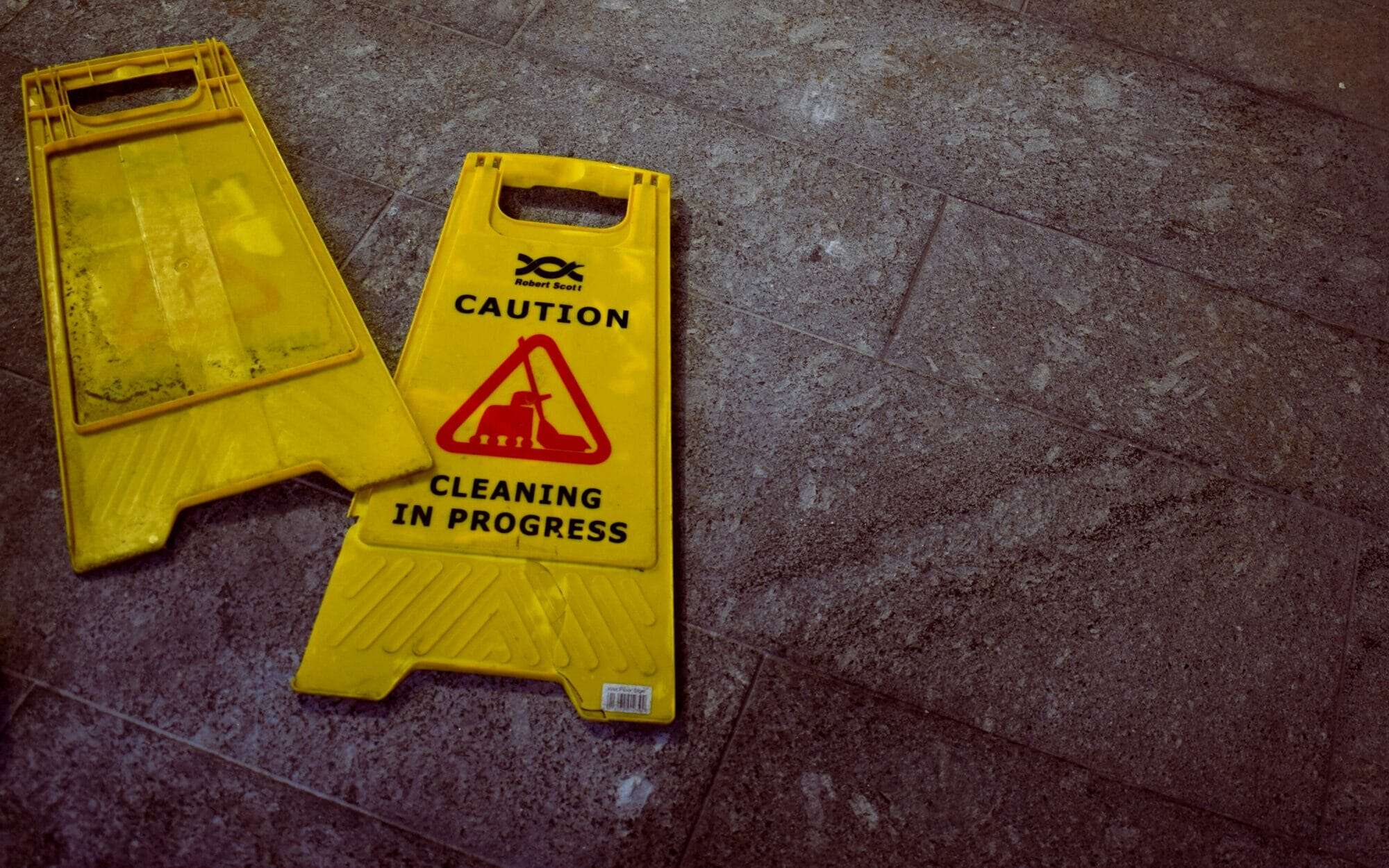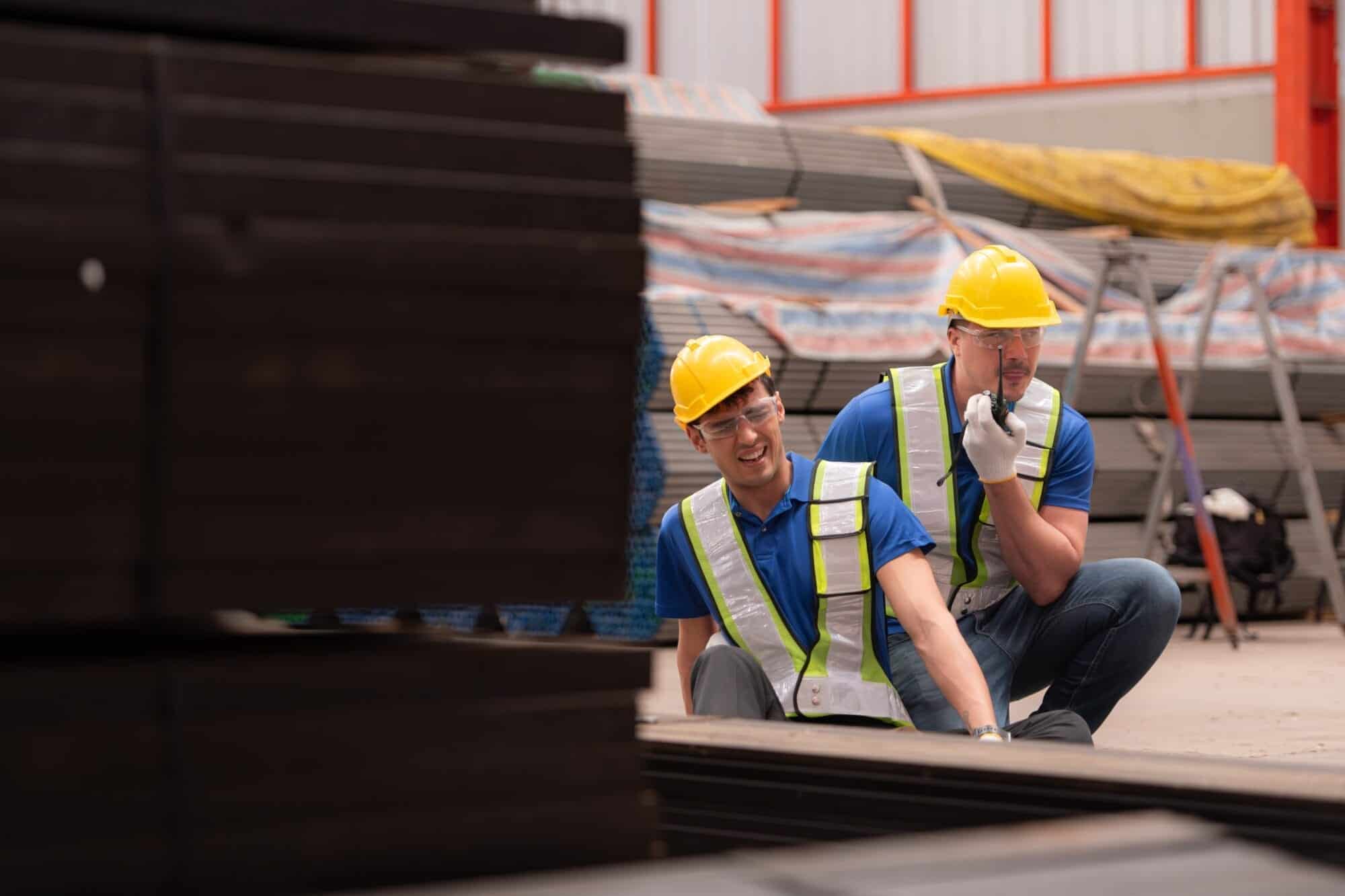Unless you work with heavy machinery or in an industrial field, chances are you probably don’t think much about workplace safety. After all, how much risk is there really if you work in places like an office environment or retail store.
As it turns out, plenty.
Regardless if you’re an accountant for a financial services firm, a floor employee at a local Target or Walmart or work oil rigs in the middle of the ocean, there is an inherent risk of harm and injury at every single job site.
Not only that, but the perils you face at each place of employment might surprise you. Let’s take a look at what exactly worker and workplace safety mean, who oversees it, and what you can do to stay safe in your professional life.
What is Worker and Workplace Safety?
United States federal law mandates that every employee, whether they be a public or private worker, is entitled to a safe, healthy, and hazard-free workplace.
Taken straight from the Department of Labor’s website, workers have the right to:
- Be trained in a language you understand
- Work on machines that are safe
- Be provided required safety gear, such as gloves or a harness and lifeline for falls
- Be protected from toxic chemicals
- Request an OSHA inspection, and speak to the inspector
- Report an injury or illness, and get copies of your medical records
- See copies of the workplace injury and illness log
- Review records of work-related injuries and illnesses
- Get copies of test results done to find hazards in the workplace
To understand how standards for workers have improved over the past hundred years, one needs to look no further than the regulation of the cancer-causing substance asbestos.
Asbestos was once freely used in the construction of office buildings, homes, and schools, as well as individual building materials, in large part for its resistance to corrosion and heat.
However, over the course of the 20th century, as the health risks of the substance became more widely known, legislation to limit its use and govern its removal became commonplace. While not yet entirely banned, the increased scrutiny on asbestos shows how far the concern for people in the workplace – including their customers – have come.
Who Governs Safe Working Environments?
The Occupational Safety and Health Administration or OSHA is responsible for producing and governing guidelines and regulations for workplace safety.
Part of the US Department of Labor, OSHA was formed in 1970 as part of the Occupational Safety and Health Act. Since that time, OSHA has been charged with ensuring that all employers maintain safe working conditions for their employees.
As US workplaces are diverse and varied, the OSHA guidelines are understandably extensive. They are also highly specific, with standards laid out for different industries, including:
- Agriculture
- Construction
- General Industry
- Maritime
In addition to the different requirements for different industries, they also support practices to promote detailed recordkeeping and whistleblowing should an employer engage in unsafe practices.
As an example of the overall governance OSHA provides, several of the universal standards covering all industry includes mandates that employers:
- Provide instruments to guard against falls, including guardrails, safety harnesses, or other fall protection measures, especially for those working at dangerous heights
- Maintain clear passageways and storage spaces and keep overall working conditions clean and sanitary
- Provide employees personal protective equipment (PPE) including respiratory and eye and face protection when necessary
- Conduct specialized training for employers that perform high risk or dangerous jobs
- Take reasonable measures to limit exposure to infectious disease
- Keep records of job-related injuries and illnesses
It’s through this regulation and oversight that OSHA helps to keep individuals safe while on the job and provide avenues to report instances where an employer might not be adhering to the law.
What are Some Examples of Dangers in the Workplace?
Certainly, there are specific job sites and situations where the more dangerous aspects of a job are front and center.
- For example, construction sites are full of potential hazards considering the equipment and building materials that are in use.
- Specific jobs such as working on the tarmac of an airport or collecting garbage house to house possess life-threatening risks should an accident occur.
- Also, there are professionals who work in the midst of nature – fisherman, loggers, or wild land firefighters – where the elements produce a significant level of uncertainty.
However, there are several scenarios where the inherent risk of the workplace is less obvious. Or, we are so accustomed to it, that the chance for injury is often overlooked.
OSHA and the Bureau of Labor Statistics maintain extensive records of workplace injuries and fatalities. These statistics offer some insight into some of the most common workplace hazards we face today. The following are five of the biggest based on 2017 workplace fatality rates.
1. Transportation
Transportation is a big category, including everything from airplane and train incidents to pedestrian and water vehicle accidents. However, the most common type of accidents happen on roadways and usually involve a collision with another vehicle.
Initially, 18-wheelers come to mind as the main reason for job-related vehicle accidents. However, considering the number of personal cars used for business, the number of smaller delivery vehicles on roadways, and the increase in rideshare businesses like Uber and Lyft, it’s not surprising that transportation leads the list of job-related fatalities.
2. Falls
Whether its a slip, trip, or a fall from height, falling on the job resulted in the second highest number of fatalities according to OSHA numbers. While falls from height, unsurprisingly, make up the bulk of the numbers, spills that occurred on the same level accounted for almost 20% of deaths in this category.
3. Injury or Harm from Another Individual
Arguably, the most eye-opening stat from this list is that violence or injury intentionally caused by another individual rank third in total workplace deaths. While this section does include a large number of suicides, the majority of these deaths are from homicides. Although not altogether regulated by OSHA, that they track this number and that it ranks so high is a sobering reminder of the outside risks faced in the modern workplace.
4. Incidents with Equipment or Objects
If you’ve ever been hit with a soccer or basketball or similar sized object, chances are it hurt just a bit. Now imagine being struck by a piece of heavy machinery such as a forklift, being caught and compressed in a tight space, or a having piece of equipment grab an extremity.
Typically associated with warehouse or industrial job sites, plenty of hazards exist elsewhere too, like a box press in a retail stockroom or large capacity paper shredder in an office.
5. Chemicals or Harmful Substances
From electricity to extreme temperatures to direct contact with a harmful substance, it comes as little surprise that few workplaces are immune to the presence of some type of chemical or outside agent. Misuse of these substances can also lead to greater more widespread risks such as fires.
How Can a Worker Stay Safe in Their Workplace?

Although looking at deaths in the workplace provide an extreme example of the daily hazards employees face, the far greater number is the 2.8 million non-fatal workplace injuries and illnesses reported to the Bureau of Labor during the most recent tracking period.
Why is so vital that workplaces remain safe? Aside from the obvious avoidance of injury, safe places of employment – and a safe and healthy workforce – results in the following:
- Greater Productivity
- Better Business Performance
- Improved Worker Morale
- More Engaged Workforce
- Fewer Accidents and Accident-Related Missed Days
- Reduces Sick Pay and Insurance Costs
So how can an employee stay safe at work?
Much of an employee’s precautionary measures involve little more than common sense. Basic steps include:
- Wearing and using protective equipment properly, should your job require it
- Not over-exerting yourself – for example, lifting more than you can handle or working longer hours that you can reasonably manage
- Adjusting your workspace so that it is free from hazards, such as the potential to trip and fall or be exposed to harmful outside agents
- Taking regular breaks including to walk or stretch, especially if your job requires long hours sitting at a desk where injuries may occur over time, unbeknownst to you
- Be aware of safety regulations and never attempt to operate equipment or perform a task you are unsure of or not trained for
Beyond what you can do while on the job, making sure to maintain a healthy lifestyle and get enough sleep will also make you more alert and less prone to accidents when you do start your shift.
Ultimately, a safe workplace is not merely the sole responsibility of an employer or OSHA. You as an employee have a direct impact on your and your coworkers’ environment.
More than just ensuring your workspace is safe, if you see a potential hazard say something to get it addressed. If you have ideas to make an aspect of your job safer, make it known.
Reach Out to a Workers’ Compensation Attorney for Help With Your Case
No matter where you work, it’s vital to both your safety and that of your coworkers that you understand the risk involved in your workplace. You must also know how to stay safe should problems arise.
From working in the office to working in the field, dangers big and small do exist. Know your surroundings, understand the safety standards required for your job, and be smart about necessary precautions you should take. After all, a great working environment is also a safe one.
The experienced workers’ compensation attorneys at Renfro & Renfro, PLLC are ready to handle all the legal complexities of your case so you get ample time to rest and recuperate. Our goal is to maximize the benefits for our clients. Give us a call at (804) 403-8416 or contact us online for a free consultation. Let our team guide you through your claim and help you receive the compensation you deserve.
We look forward to serving you!






